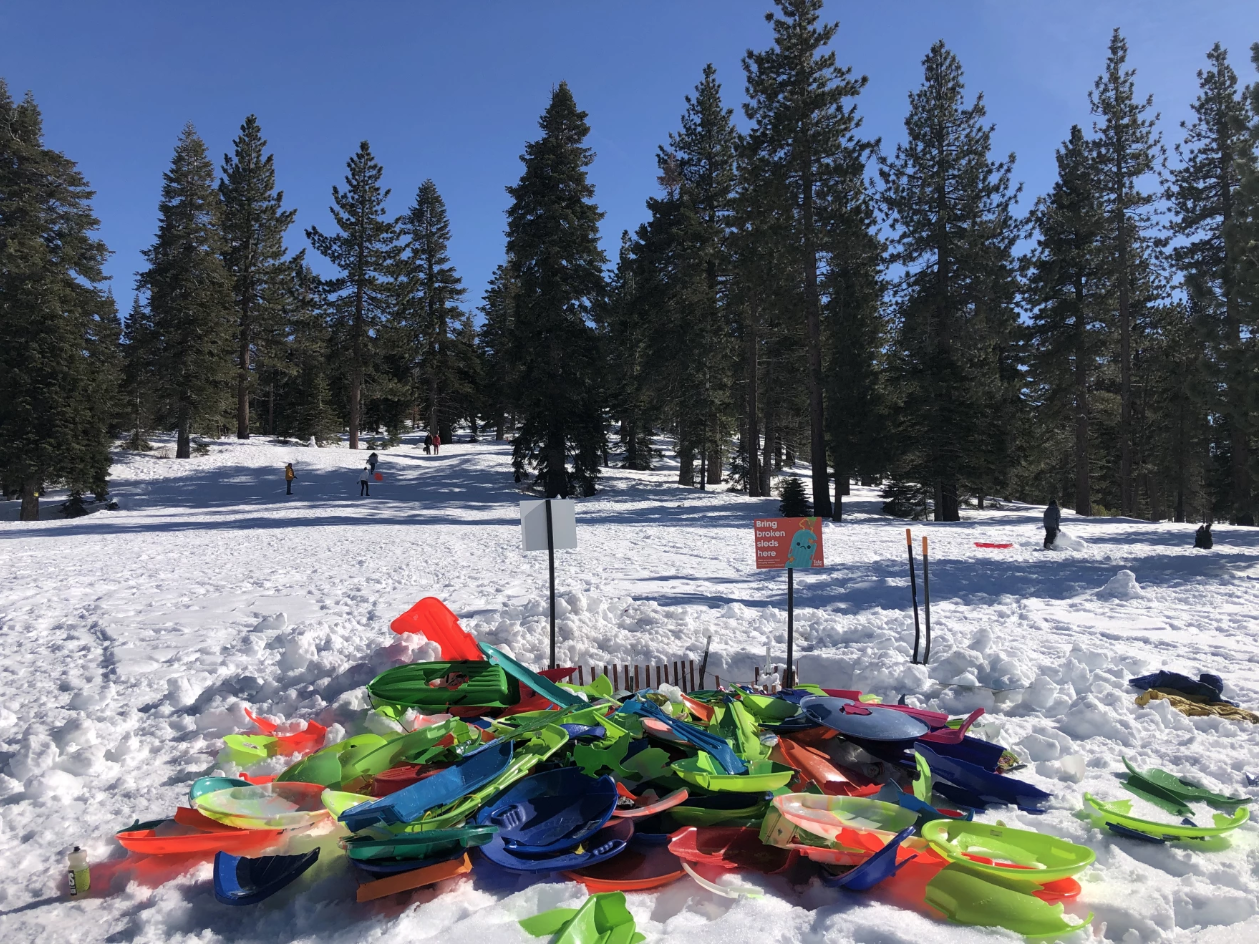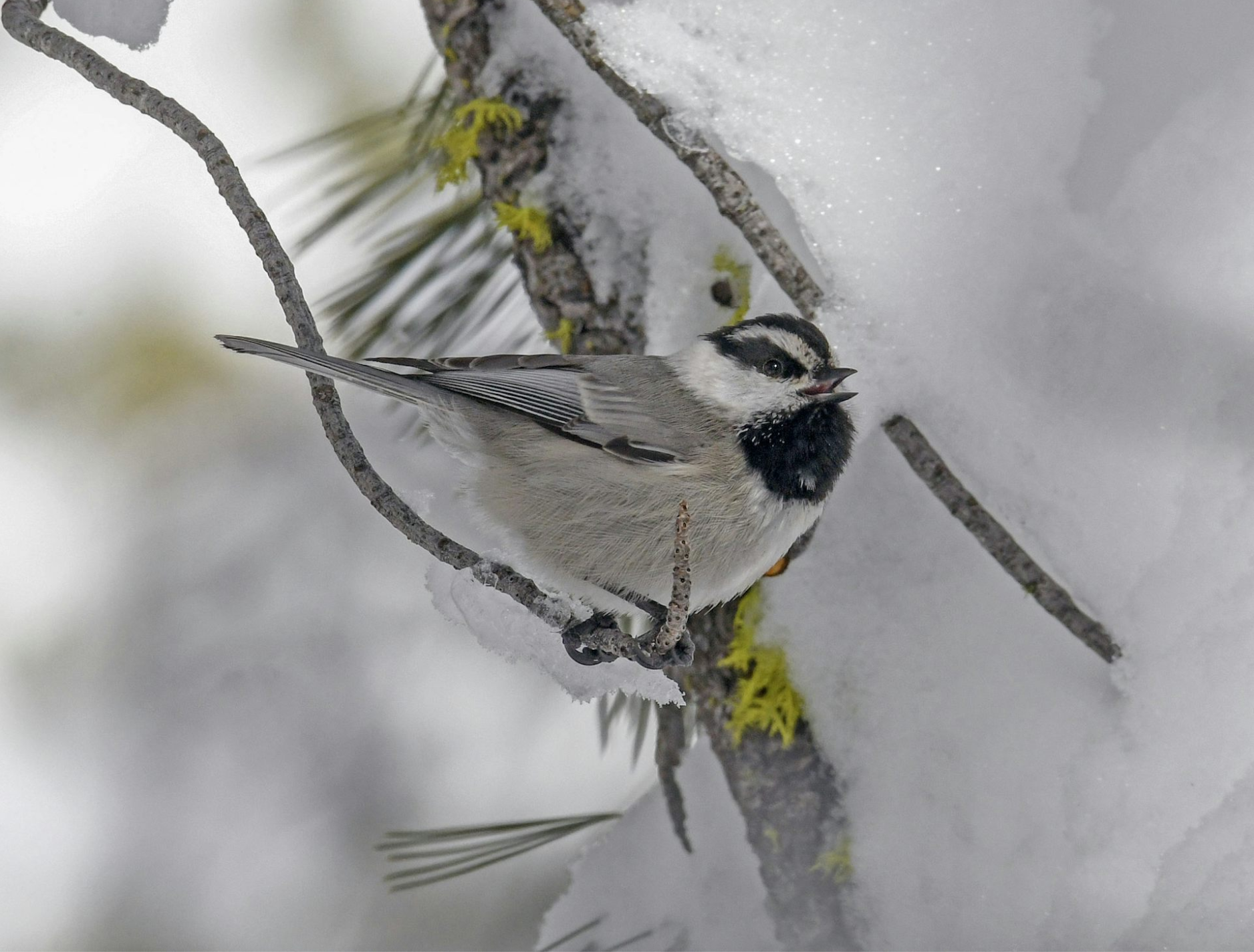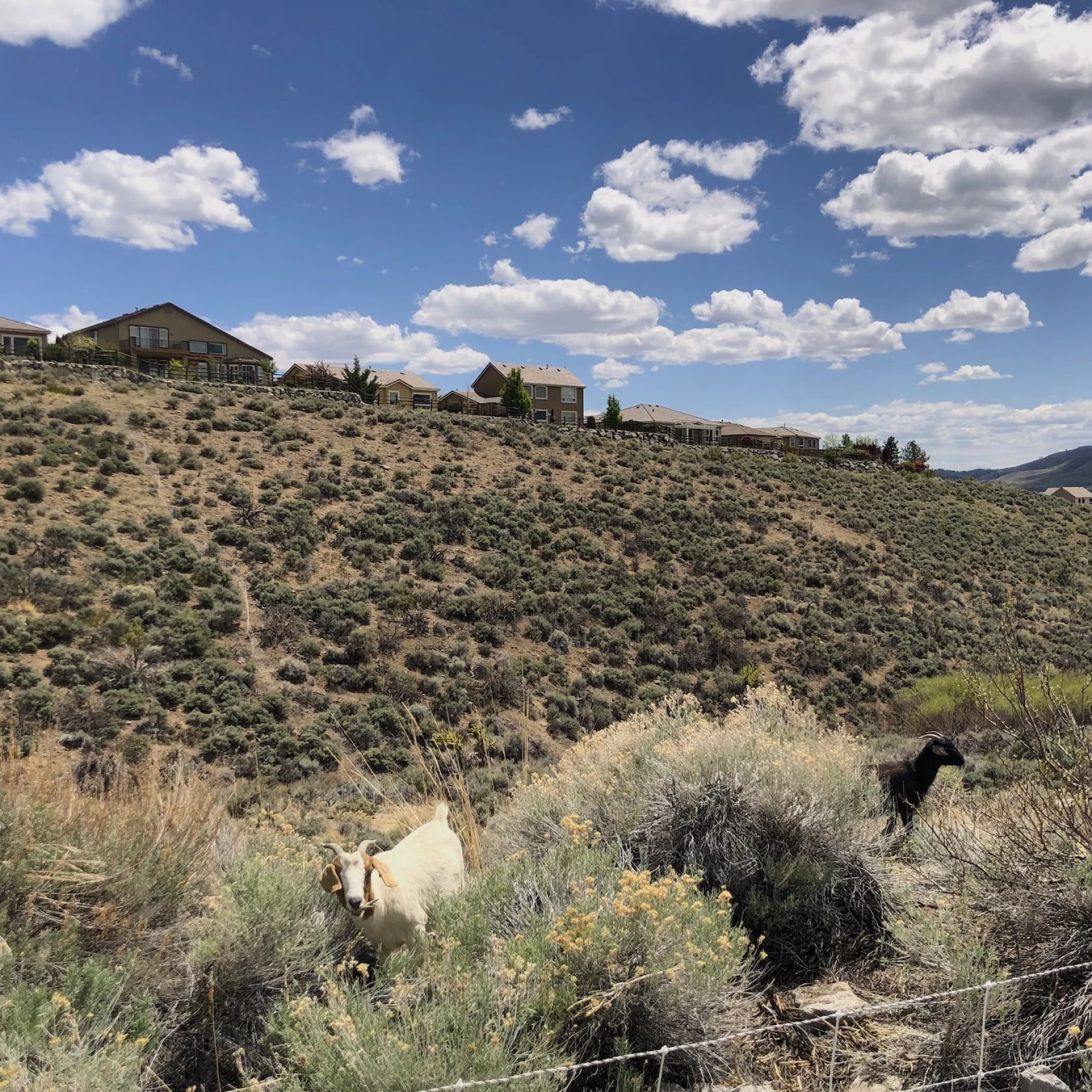This story was shared with permission from KUNR Public Radio. For an audio version of the story, please visit the KUNR website.
Plastic sleds are a staple of winter fun for many, but they come with a hidden cost to the environment. A recent effort by Take Care Tahoe to promote “slediquette” hopes to combat the impact of winter recreation on our environment.
It comes down to practicing kindness when up on the hill – or slediquette. Sledders are encouraged to pick up their sled and any broken pieces, purchase or rent durable sleds, and use official sledding hills.
This is the key to managing excess waste left behind by cheap plastic sleds, said Marilee Movius, the senior community engagement manager with Take Care Tahoe.
“The thing with the unofficial sled areas are that there’s not management that is taking care of these places. There’s not people that are paid staff to go there and maintain these areas, and there’s no facilities,” Movius said. From 2019 to 2020 on Spooner Summit, 2,000 pounds of trash were collected by the Tahoe Blue Crew, she said.
“We see that with proper facilities that they’re used and it will divert the litter from being on the ground and waste,” Movius said.
In an effort to promote good slediquette, Take Care Tahoe installed five sled corrals at the most popular hills. It’s hard to miss the cute signs and wooden fencing. The signs tell sledders to leave broken sleds for disposal or recycling. Intact sleds can be left in a separate coral for the next person.
One of the big concerns is that these popular winter toys can contribute to the growing problem of microplastic pollution in our waterways and soil. Microplastics have been a hot topic for years. Scientists have been focusing on their presence in the oceans for decades but it’s not something you normally associate with snow, until now.
Monica Arienzo, an associate research professor at the Desert Research Institute (DRI) in Reno, focuses her research on the concentrations of microplastics and environmental contaminants – and where they come from.
“The snow is an excellent recorder of atmospheric contaminants in general, with microplastics being sort of a new contaminant that we’re interested in studying,” Arienzo said.
Earlier work done by the University of Utah found microplastics in rain and snowfall. This inspired DRI to see if they could find them in the local snowpack as well.
Arienzo is in year two of a five-year project that collects snow samples from different locations in the Sierra. She then monitors differences in the amount and types of plastics in areas with high human usage compared to more remote locations.
The way they measure the microplastics might seem familiar; she described it as a process similar to brewing coffee.
“We put the water through these filters and the plastics stay on the filter and the water goes through,” Arienzo said.
There’s still a lot that’s not known about microplastics, from their long-term damage to the environment to how they form or get to different locations. But Arienzo and Movius have a few theories – including larger plastic pieces being broken down by the sun into tiny particles, which are then transported as precipitation. In completing the project, they hope to answer these questions.
Local businesses are also doing their part to keep microplastics out of the snow. Raley’s, in partnership with Take Care Tahoe, began offering more durable sleds for sale.
Chelsea Minor, the corporate director for consumer and public affairs at Raley’s, said they’re proud of this partnership.
“This was really about making sure that there was an alternative that was better for the environment, and actually they’re better for the end user because they can be used year after year, Minor said.
Ariel Smith is a student reporter for KUNR and the Hitchcock Project for Visualizing Science at the Reynolds School of Journalism.






